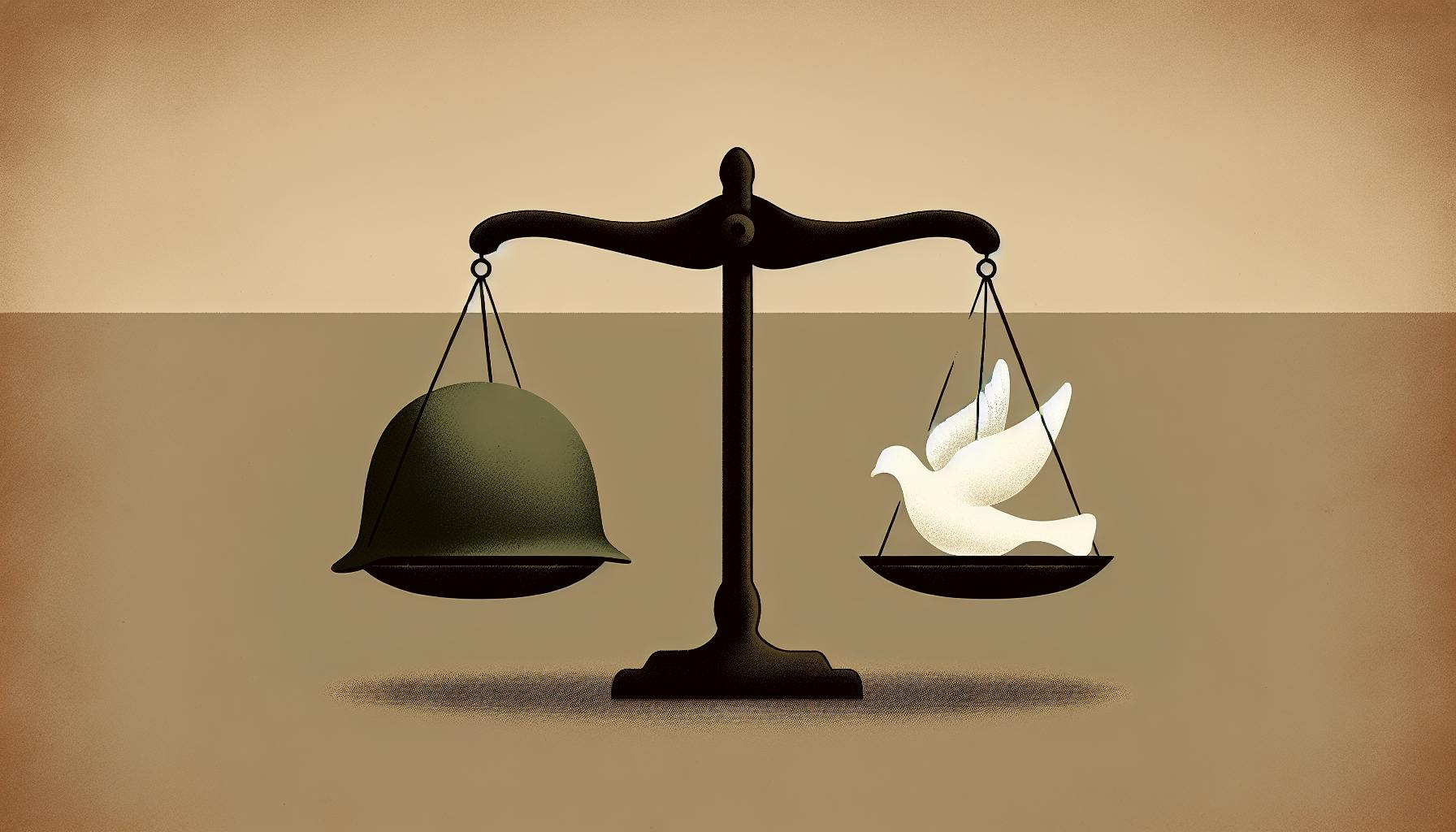Most will agree that the historical background and key details surrounding the Wagner-Rogers Act are not common knowledge.
Well, this article will provide a comprehensive look at the Wagner-Rogers Act - explaining the law, its passage and implementation, as well as its evolution and legacy over time.
You'll learn about the key figures involved, the Act's main provisions, the congressional debates leading to its passage, early legal challenges, subsequent amendments, and its lasting significance in labor law history.
Introduction to the Wagner-Rogers Act
The Wagner-Rogers Act, officially known as the National Labor Relations Act (NLRA), was a landmark piece of labor legislation passed in 1935 that granted various rights to private sector employees, including the right to organize into trade unions.
The act was championed by Senator Robert F. Wagner and Representative James G. Rogers, who believed workers should have the right to organize and collectively bargain with employers over wages, hours, and working conditions. Prior to the act's passage, employers could discourage and outright prevent employees from forming unions.
Historical Background and Key Figures
The early 1930s saw massive labor unrest and widespread poverty due to the Great Depression. Workers struggled with low wages, long hours, and poor working conditions while employers refused to recognize or negotiate with labor unions.
Key figures behind the Wagner-Rogers Act included:
- Frances Perkins: Secretary of Labor under FDR, she helped shape New Deal labor policies.
- Senator Robert F. Wagner: Primary author and sponsor of the legislation in the Senate.
- Representative James G. Rogers: Sponsor who introduced a version of the bill in the House.
These individuals believed formal collective bargaining rights would promote economic recovery and industrial peace.
Main Provisions and Scope
The key provisions of the 1935 Wagner-Rogers Act included:
- Granted private sector employees the right to form and join labor unions and bargain collectively
- Established the National Labor Relations Board (NLRB) to oversee labor relations
- Defined and prohibited certain "unfair labor practices" by employers
The law applied to most private sector employers, though it excluded sectors like agriculture, domestic service, government, and railroads. It marked a major shift in US labor law.
sbb-itb-e93bf99
Passage and Implementation of the Act
This section provides an overview of the legislative process and early implementation efforts related to the Wagner-Rogers Act in 1934.
Congressional Debate and Amendments
The Wagner-Rogers Bill faced extensive debate in Congress over its implications for labor relations and business interests. Key issues included:
- Concerns from employers that the bill would favor unions and workers over management rights
- Disagreements over the bill's provisions related to collective bargaining and unfair labor practices
- Efforts by the bill's sponsors, Sen. Wagner and Rep. Rogers, to broker compromises on issues like union elections and employer free speech
Several amendments were made to the original bill to address critiques and build consensus. These included clarifying language related to the NLRB's powers and narrowing the definition of unfair labor practices.
Early Implementation and Legal Challenges
After its passage in 1934, the NLRB moved quickly to enforce the new law by addressing unfair labor practice complaints and overseeing the union election process. However, the Act faced legal challenges from employers regarding its constitutionality.
Key issues in early NLRB enforcement and court battles included:
- Employers refusing to engage in collective bargaining as required by the Act
- Questions over the NLRB's authority to regulate certain employer actions
- Constitutional concerns related to the Act's provisions on workers' rights and interstate commerce
Several early NLRB decisions were appealed to federal courts, leading to some revisions, but the Supreme Court ultimately upheld the Act's legality.
Evolution and Legacy of the Wagner-Rogers Act
This concluding section will briefly summarize key developments in labor law after the passage of the Wagner-Rogers Act in 1935.
Taft-Hartley Amendments of 1947
The Taft-Hartley Act amended the National Labor Relations Act to specify unfair labor practices by unions. It also allowed states to enact right-to-work laws.
Legacy and Significance
The Wagner Act established the right of most private-sector employees to organize into trade unions. It formed the foundation of subsequent US labor law. Its legacy continues today through the National Labor Relations Board.


